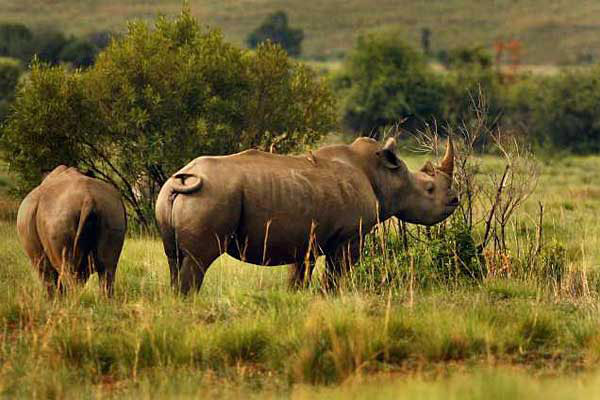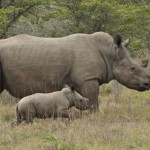
Pretoria – Water and Environmental Affairs Minister Edna Molewa has gazetted the much awaited Biodiversity Management Plan (BMP) for black rhinoceros, it was announced on Tuesday.
The plan allows for the monitoring and review of actions taken to preserve species in the wild amidst a changing environment. It also forms part of government’s continued efforts to ensure the survival of South Africa’s rhino population.
“It will contribute significantly to the management and conservation of black rhino, presently under threat from poachers,” a statement said.
The Conservation Plan for the Black Rhino, which forms the basis of the BMP for this species in South Africa, was jointly developed by South African members of the Southern African Development Community (SADC) Rhino Management Group to promote the development and long-term maintenance of viable populations of the various sub-species of African rhino in the wild. It was published for public comment in 2011.
The South African Rhino Management Group, which functions under the auspices of the International Union for the Conservation of Nature’s Rhino Specialist Group, is to manage the implementation of the plan, including the legally required approval of management plans submitted by rhino conservation bodies for adoption by the government.
It includes a long-term vision which envisages the continued existence of the global black rhino population through the continuation of viable populations of the indigenous rhino subspecies in natural habitats throughout South Africa.
The 10-year or short-term conservation goal is to achieve an average South African meta-population growth rate for the two indigenous subspecies of black rhino of at least 5% per annum.
The aim was also to achieve meta-population sizes for the two subspecies of 3 060.
In terms of the BMP for Black Rhino, published on Friday, among the mechanisms required to successfully manage these iconic animals are biological management, monitoring for management, security and protection, coordination, capacity, sustainable use and economic and social sustainability.
Officials say besides the achievement of a minimum 5% growth rate in the meta-population as part of biological management, the plan states that protection remains a key activity to minimise rhino losses from illegal activities through effective law enforcement, improved neighbour relations, effective criminal investigations and prosecuting, and securing and monitoring rhino horn stockpiles.
In addition, human resources should be developed so that there are sufficient skills available to protect and manage black rhinos, and the encouragement of sustainable political and social support for rhino conservation efforts.
Strict rhino hunting guidelines have also been included to ensure proper control over the removal of animals from breeding populations, and to combat any incidence of illegal hunting. – SAnews.gov.za




Leave a Reply